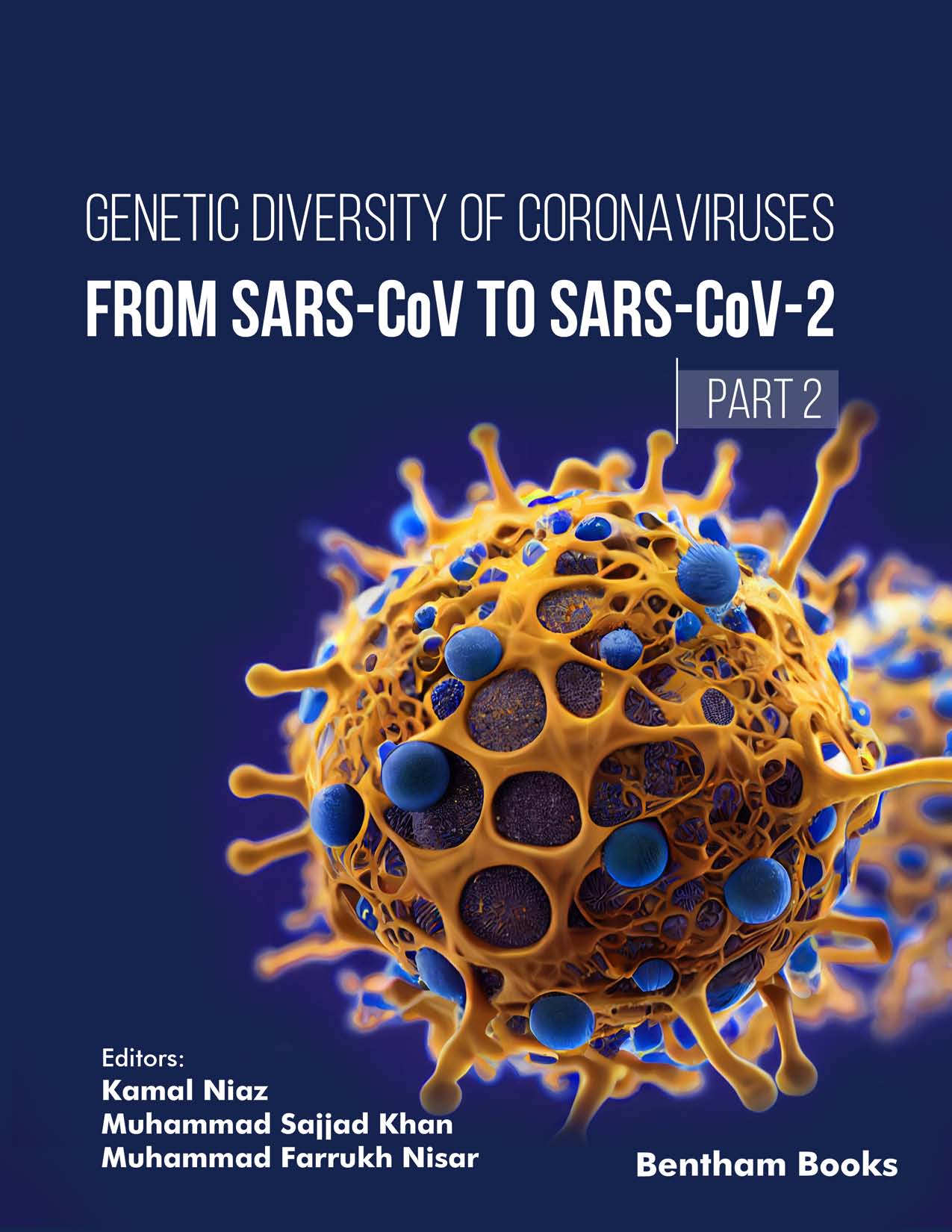Introduction
Genetic Diversity of Coronaviruses (Volume 2) comprehensively analyzes the genetic evolution, mutations, and host interactions of three significant coronaviruses: SARS-CoV, MERS-CoV, and SARS-CoV-2. This book examines the historical development, molecular epidemiology, and genetic adaptations that have driven the emergence of new variants, shaping the trajectory of global outbreaks.
Organized into four parts, the book begins with the genetic dynamics of SARS-CoV and MERS-CoV, followed by an in-depth exploration of SARS-CoV-2. It concludes with insights into how coronaviruses interact with host disorders, including epigenetics and neurological implications. Advanced topics, such as the role of artificial intelligence in understanding coronaviruses, are also discussed.
Key Features:
- - Detailed examination of genetic mutations in SARS-CoV, MERS-CoV, and SARS-CoV-2.
- - Analysis of host genetic diversity and emerging variants.
- - Connections between coronaviruses and epigenetic or neurological disorders.
- - Applications of AI in coronavirus research.
Readership:
Suitable for researchers, academics, healthcare professionals, and general readers seeking insights into the genetic complexities of coronaviruses and their global impact.

